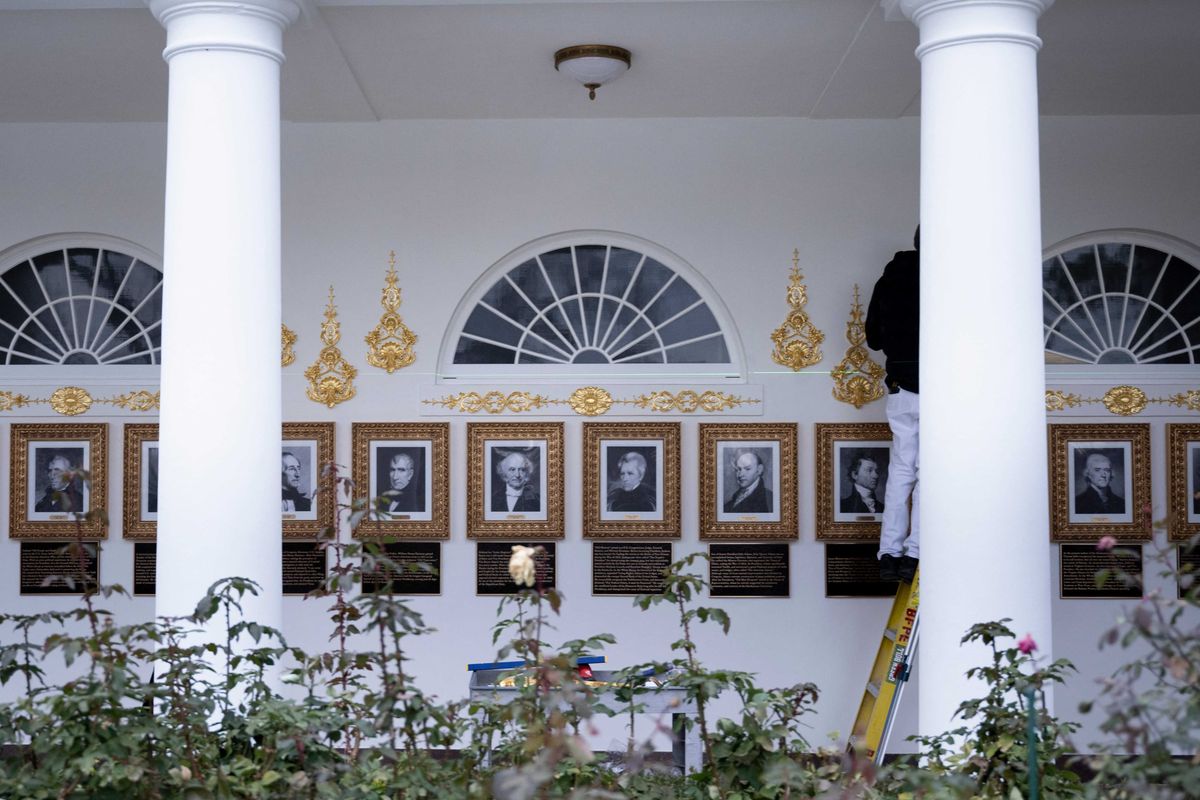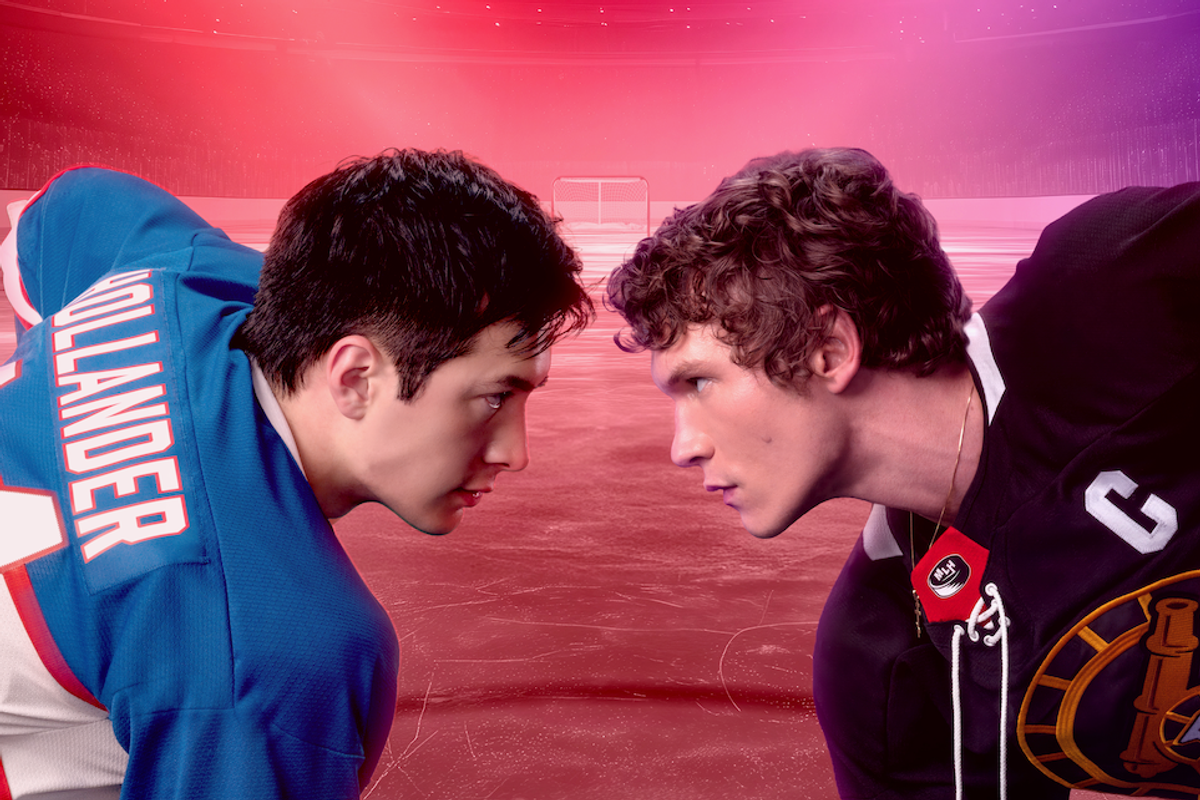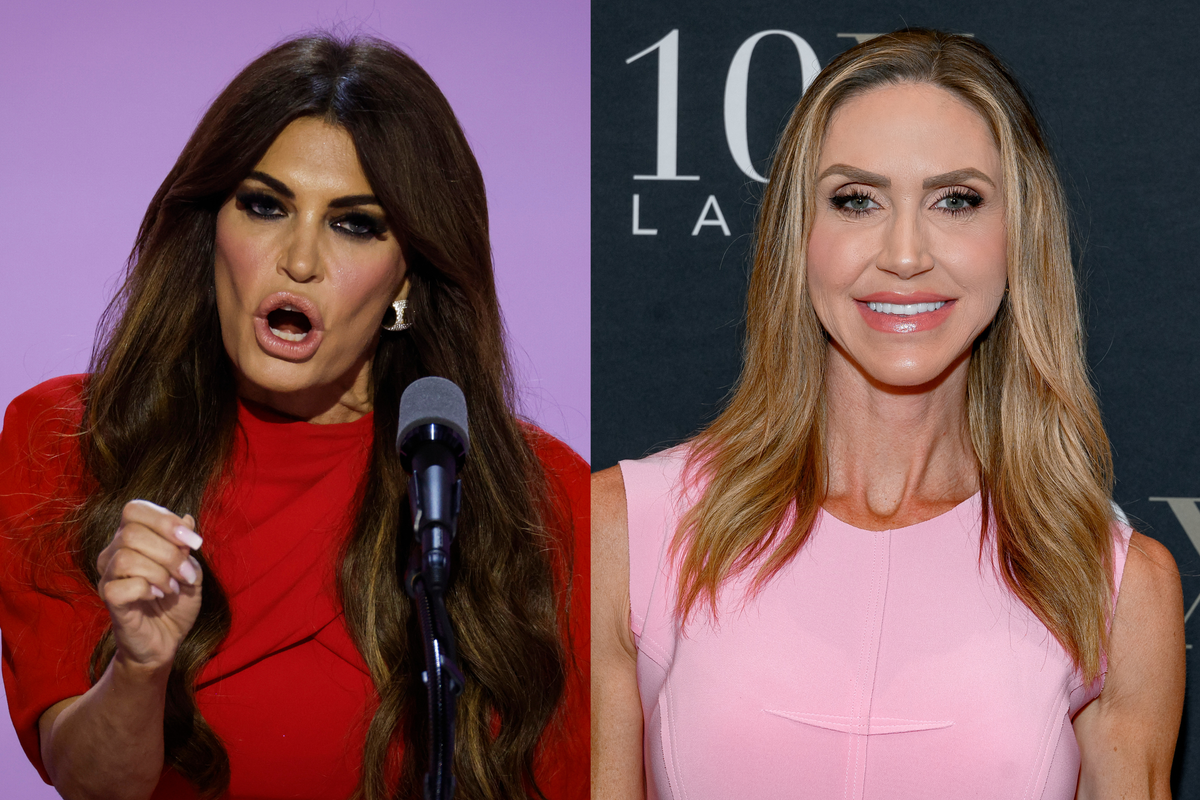Danielle Sinay
Jul 28, 2021
A new study has found that while all people of colour are more likely to be turned down on dating apps, Black users are most likely to face rejection whilst seeking romantic partners online.
The research, published in the Journal of Research in Personality, set out to explore which factors fuel users’ choice to swipe left or right on dating apps like Tinder and Hinge. On apps of the sort, swiping left is a rejection (or saying, “not interested”) while swiping right is an acceptance, or asserting that you are indeed intrigued. According to the findings, people of colour are more likely to be turned dow — regardless of the other user’s race.
The study was conducted by William J. Chopik, director of the Close Relationships Lab at Michigan State University. For the experiment, Chopkin and his team developed an app quite like Tinder that allowed participants to “swipe” left or right on prospective love interests. Chopik conducted the study four separate times, and concluded the following: Male participants swiped right more often than women, which would imply that men are less “picky” when selecting partners. They also discovered that both men and women who personally consider themselves to be good looking swiped left with more frequency, speaking to their higher standards.
The researchers also found that participants of all four studies were more likely to swipe right if the potential match’s race matched theirs. However, even after controlling to test for this result, Chopik found that prospective partners were being “penalised” for being Black, Asian, and Hispanic, but was especially apparent when it came to Black people: Participants were 2.3 to 2.3 times less likely to swipe left on a Black person than a white person.
“The most consistent finding from our study is that, by far, people use very surface-level features to swipe on romantic partners. Basically, it’s how attractive people are and, more surprisingly, the race of the person,” Chopik told PsyPost. “People of color experience a large penalty when navigating these dating apps — they’re less likely to be swiped right on (i.e., chosen) controlling for how attractive they are.”
“Also surprising is just how many things didn’t matter! At least at this initial stage, it doesn’t matter much who the person choosing is — their personality, how much they wanted short-term relationships/hook-ups — or even much about the people being chosen — how symmetric their face was, how they wore their hair,” Chopik continued. “What mattered most when swiping was how attractive the people were and whether they were from the same racial/ethnic group. It really sheds a light on the types of things that go into how people choose romantic partners in these settings.”
Top 100
The Conversation (0)














